Remembering William Friedkin, Director of ‘The Exorcist,’ ‘The French Connection’ and Much More
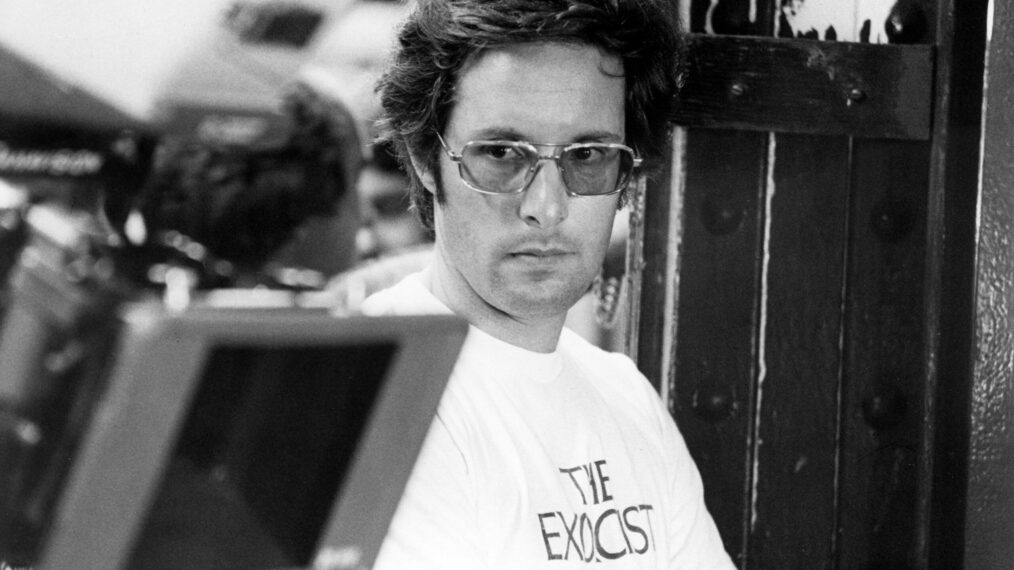
Cinema lost one of its greatest creative artists on Aug. 7, 2023, when legendary director/screenwriter William Friedkin died of heart failure and pneumonia in his Bel-Air, California, home just about three weeks before his 88th birthday.
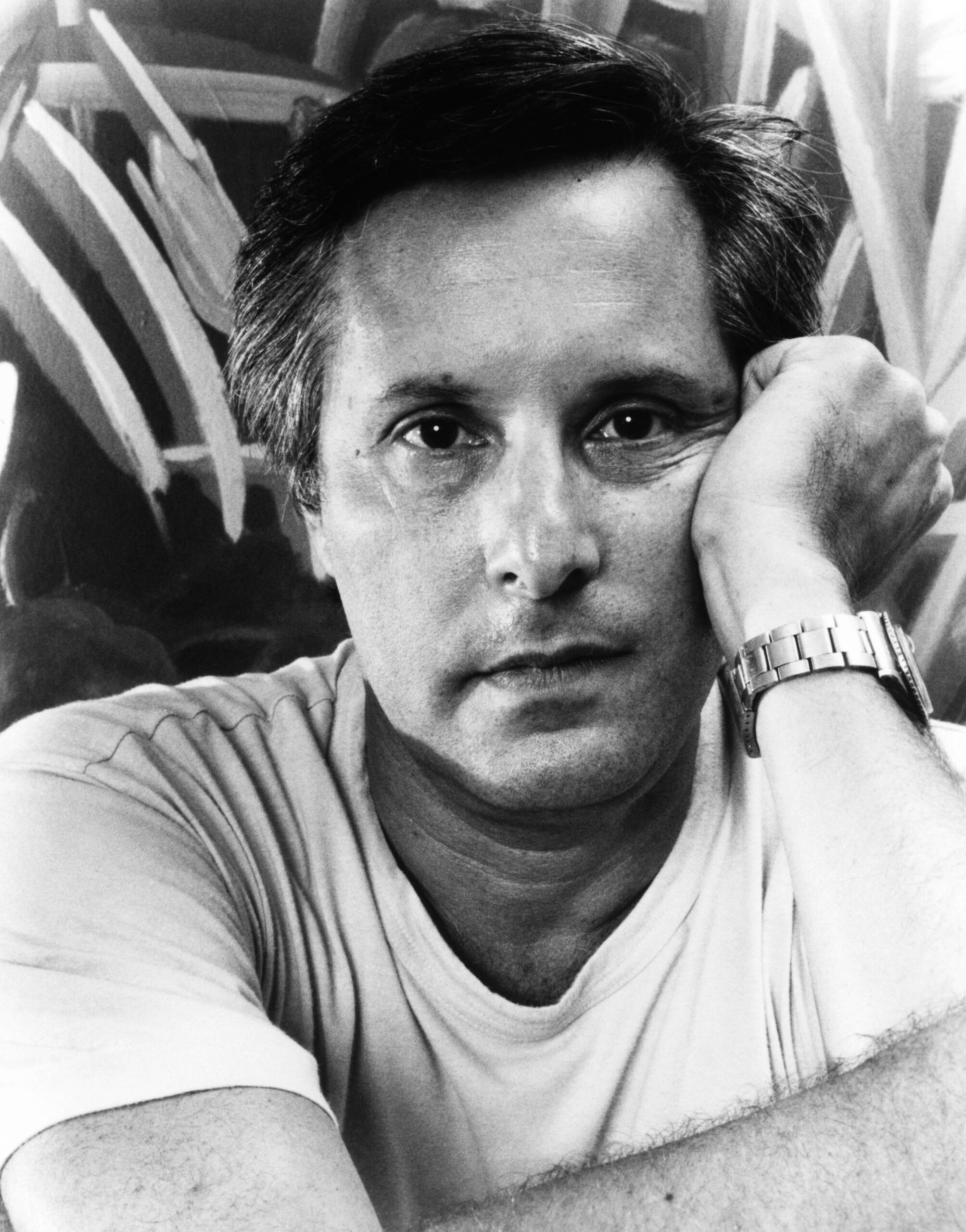
© Universal/Courtesy Everett Collection
Portrait photo of William Friedkin taken on the set of his 1990 film The Guardian
Born in Chicago on Aug. 29, 1935, Friedkin, of course, is most widely remembered for two classic films he made in the early ’70s, during the height of the “New Hollywood” movement of which he was an integral part: the Best Picture Oscar-winning neo-noir crime thriller The French Connection (1971), for which he won the Best Director Oscar, and the Best Picture-nominated The Exorcist (1973), which earned Friedkin the second of his two Best Director Oscar nominations.
Friedkin actually started his career as a director by making documentary films in the 1960s. One of those documentaries, a 1966 production about American police forces called The Thin Blue Line, influenced him when it came to filming The French Connection, according, to his 2013 book The Friedkin Connection: A Memoir.
You can certainly see that influence when watching The French Connection, led by Best Actor Oscar winner Gene Hackman and Supporting Actor nominee Roy Scheider, which has a documentary-style sort of realism about it even as it grips you with its thrilling story (while it is inspired by actual events, the film is enhanced with many dramatic elements).
Even The French Connection‘s iconic car chase, as crazy as it can get, logistically, still has a feel like you are actually watching it play out in real life, thanks to Friedkin’s masterful vision and camera placement:
The French Connection‘s chase still ranks up there as one of, if not the most, exciting and well-executed car chases in cinema history.
A lot of directors might have just rested on their laurels with that assessment, but 12 years later, Friedkin actually came up with yet another car chase that I happen to think tops even French Connection — the pursuit that ultimately ends up going the wrong way down a busy Los Angeles freeway seen in the more underrated, but equally exceptional, 1985 neo-noir thriller To Live and Die in L.A., which stars William Petersen and Willem Dafoe:
And check out the suspense that Friedkin brought to this harrowing scene in another thriller, 1977’s Scheider-led Sorcerer, which unfortunately got lost at the box office amid all the hype around a little movie called Star Wars that had opened a month earlier but is worth seeking out and enjoying if you can:
While Friedkin reinvigorated and elevated the art of the crime/action thriller film genre with work like this, he did the same for the horror genre with The Exorcist.
A Cinefantastique review of that iconic chiller, as quoted in the 1994 book Laughing, Screaming: Modern Hollywood Horror & Comedy by William Paul, put it perfectly: “The Exorcist has done for the horror film what 2001 did for science fiction: legitimized it in the eyes of thousands who previously considered horror movies nothing more than a giggle.”
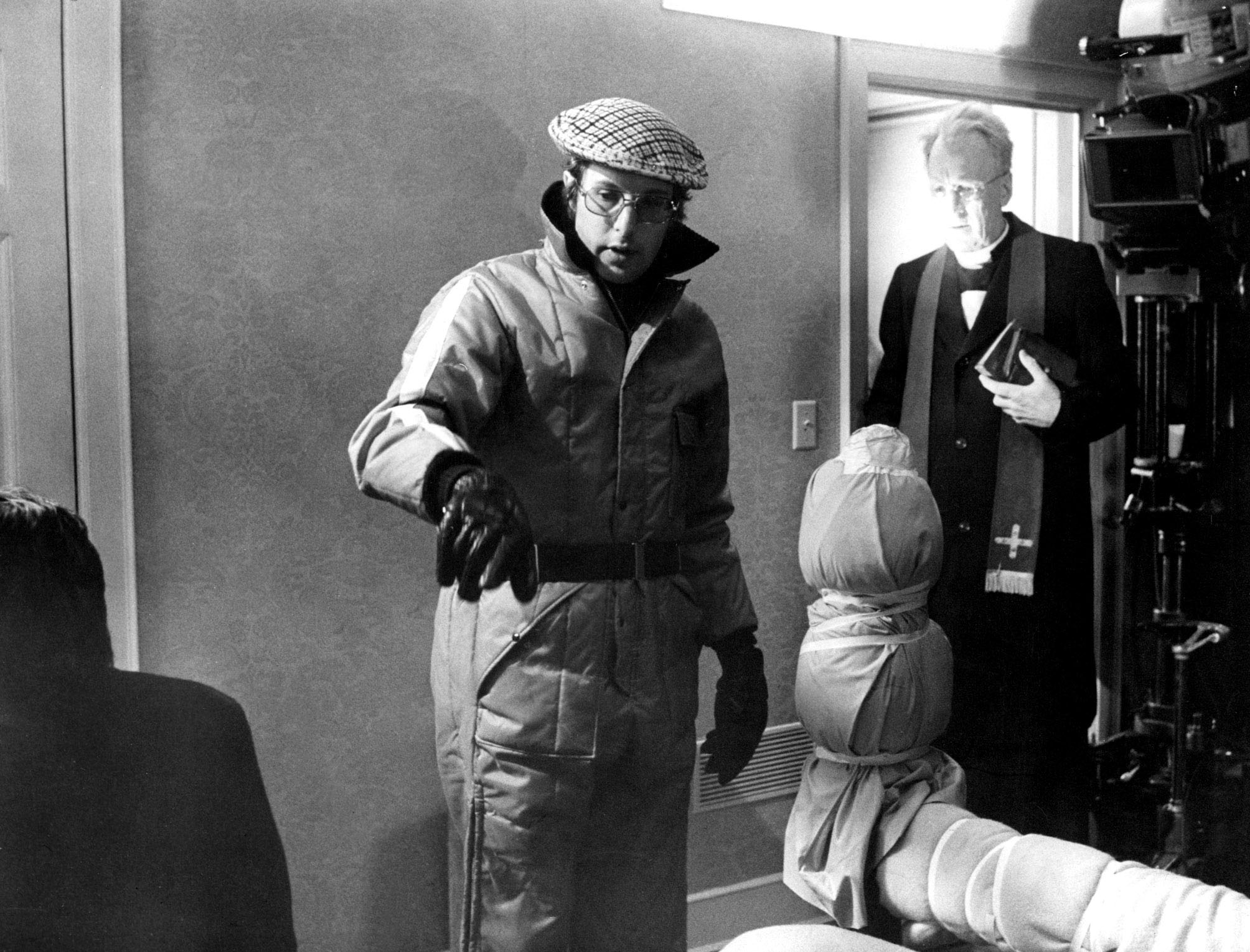
© Warner Bros./Courtesy Everett Collection
Friedkin discusses a scene in The Exorcist with Max von Sydow (right) and Jason Miller (seated on left)
That is absolutely true. The Exorcist made it more acceptable for major studios to begin more regularly green-lighting and financing horror movies, which resulted in, for good or bad, more of them.
And most of those, of course, were nowhere near the level of what Friedkin brought to The Exorcist — a story that could be artistic and have something to say, and still be scary as hell.
One of the reasons I think the film is as frightening as it is comes from not only Linda Blair‘s makeup and other famous audio and visual effects, many of which come later in the film, but also from how Friedkin sets up an atmosphere of incredible unease through quieter, but still impactful scenes earlier on.
One of those is the scene where Chris MacNeil (Best Actress Oscar nominee Ellen Burstyn) lights a candle to go check out some noises in the attic.
Another notable one is Father Karras’ (Best Supporting Actor Oscar nominee Jason Miller) dream, seen in the clip below, one of the best representations of an eerie dream I’ve seen on film:
One of the inferior horror films that came in the wake of The Exorcist was its own first sequel, Exorcist II: The Heretic (1977).
Friedkin had no involvement with that ill-advised production, but in 2013, he did relate a hilarious anecdote that may be the most entertaining thing about that dreadful movie:
Other hilarious examples of what an outspoken and unique character Friedkin was in both his professional and personal lives can be found in this entertaining thread on Twitter (or X, or whatever it’s calling itself these days). Click on it to read through:
William Friedkin being a god of chaos, a thread pic.twitter.com/655QqnFME5
— John Frankensteiner (@JFrankensteiner) August 8, 2023
And Friedkin could not only dish it out to others; he also recognized times when his own work was not up to his normal standards of excellence.
When he revisited the horror genre with the 1990 film The Guardian, for example, he disassociated himself from it by changing his name in a cable TV presentation of the film to “Alan Von Smithee.”
But even if a Friedkin project was not on the level of an Exorcist or French Connection, it was always, at the very least, interesting.
That was even for titles in genres with which people may not have associated him as much, like a sports drama (1994’s Blue Chips), a musical comedy (like 1967’s Good Times, starring Sonny & Cher, Friedkin’s first narrative feature film), a straight-out comedy (like 1983’s Deal of the Century, led by Chevy Chase), episodes of television ( or a legal drama (like 2000’s Rules of Engagement, with Tommy Lee Jones and Samuel L. Jackson).
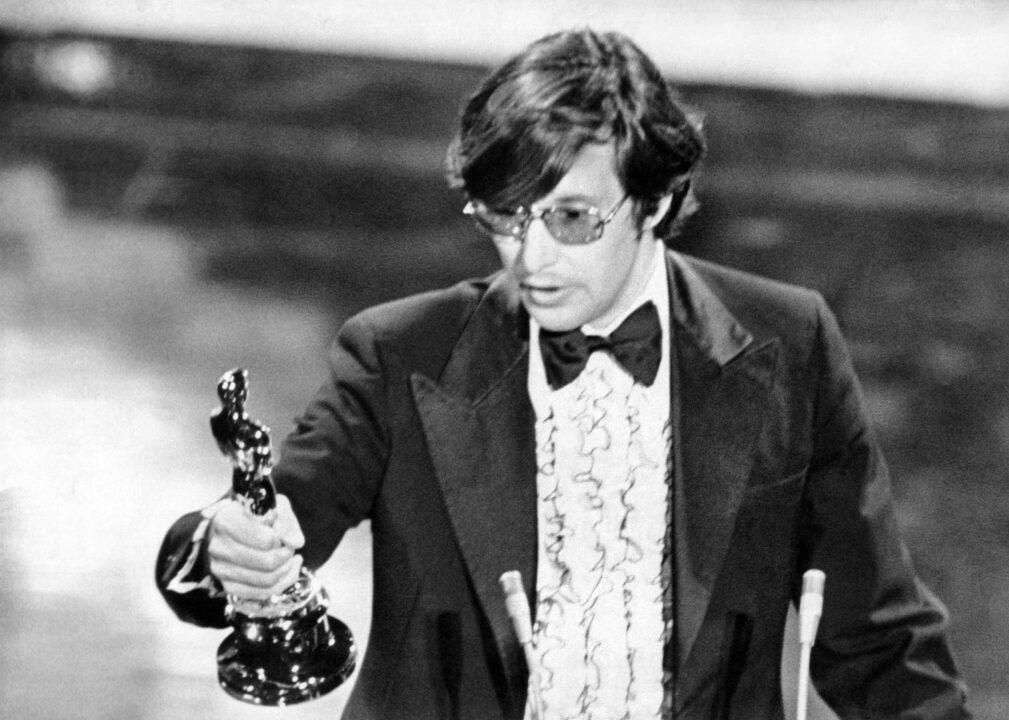
Courtesy Everett Collection
Friedkin accepting his Best Director Oscar for The French Connection
Friedkin came back to the legal drama genre for what ended up being his final film before his passing: The Caine Mutiny Court-Martial. An adaptation of the famous court-martial scenes in Herman Wouk‘s novel The Caine Mutiny, the film stars Kiefer Sutherland as Lt. Commander Queeg.
This final work by William Friedkin is slated to premiere in September 2023 at the Venice International Film Festival, where the director was awarded the Golden Lion for Lifetime Achievement in 2013.
Whatever people ultimately think of the film itself, I expect it will receive a standing ovation upon its debut in honor of its master filmmaker and the influential cinematic legacy he left us.
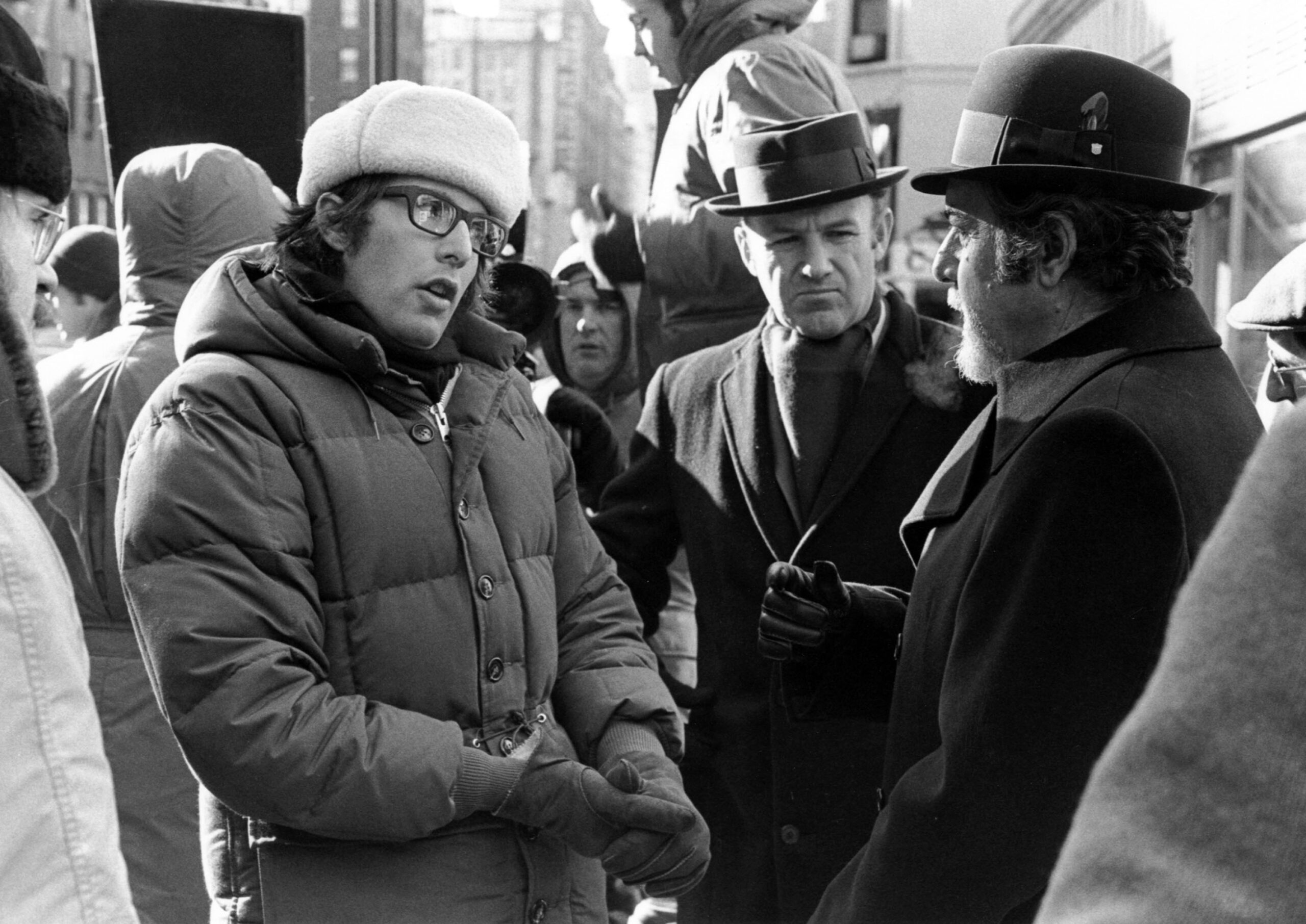
© 20th Century Fox Film Corp. All rights reserved./Courtesy Everett Collection
(L-R): William Friedkin, Gene Hackman and Fernando Rey during the filming of The French Connection
